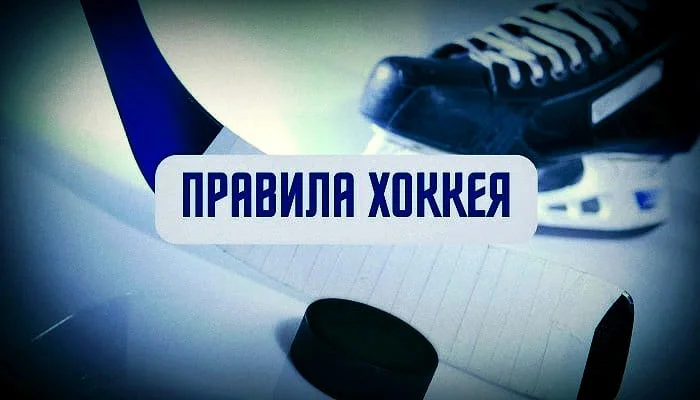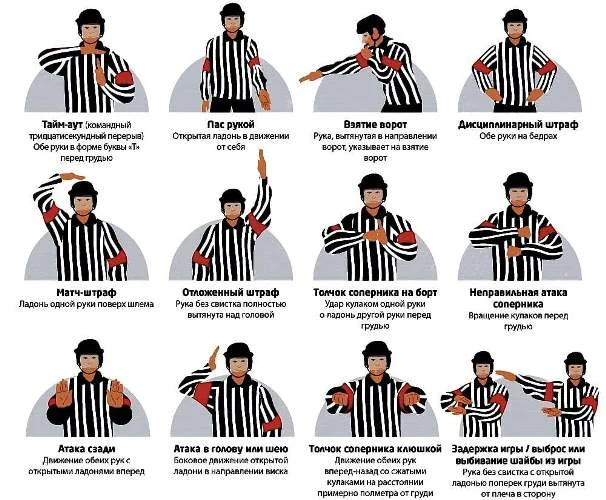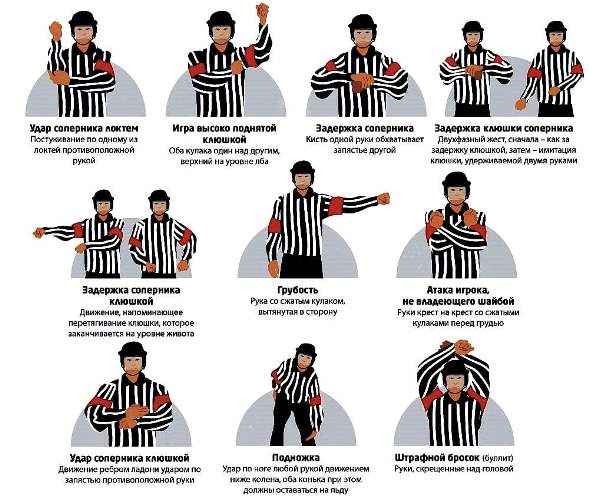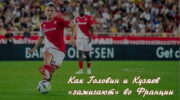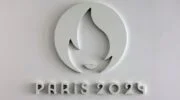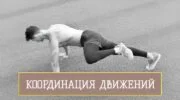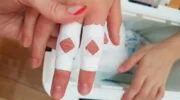In the article “Hockey rules” we will talk about the basic rules of the game of hockey, a brief regulation of matches, types of penalties and types of penalties.
#Hockey #AboutHockey #ProHockey #HockeyRules
The rules of hockey were changed several dozen times. The number of players has decreased, the concept of “offside” has been added, and safety and equipment requirements have become stricter. In our article we will talk about the modern rules of the game.
Hockey field
Dimensions: 60 meters long by 30 meters wide (min. 26 meters). The corners of the platform must be rounded to a radius of 7.0 – 8.5 meters.
Bollards: Height should be 1.07 meter from the ice. Made of wood or plastic and painted white. A 15 to 25 cm slat is placed at the bottom of the side. Protective glass and boards are connected by an overlay of blue color.
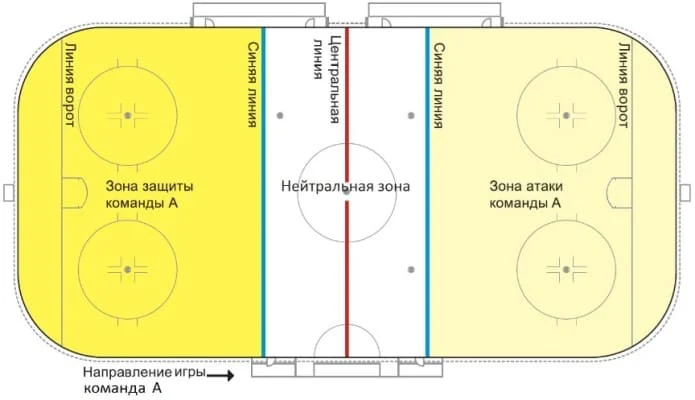
Protective glass: Made of Plexiglas with a thickness of 12 to 15 mm. The height of the Plexiglas in the central area is 1.8 m (except for the substitutes’ bench, there is no glass), behind the goal line and up to the throw-in mark the height is 2.4 m. Behind the goal there shall be an additional safety net. The doors shall open towards the bleachers.
Markings: A red line (30 cm wide) is placed in the center zone. It divides the pitch in half. On the red line is the central throw-in point. It is additionally marked with 4 more. They are placed at a distance of 1.5 meters from the blue line on each side.
Two blue lines shall be drawn at a distance of 22.86 from the middle of the short board. The blue line shall be 30 cm thick and it limits the teams’ zones.
Two more throw-in points are placed in the teams’ zones at a distance of 6.1 m from the goal line. These points are marked off by a circle 4.5 m in diameter. The goal line is 4 metres from the centre of the short board.
Gate: Positioned in the center of the goal line with an open part towards the center. Gate dimensions: height 1.22 m, width 1.83 m, depth 1.12 m. The frame is attached to the posts inserted into the holes in the ice. The gate is outlined with a trapeze or area of the gate. The dimensions of the trapeze: 1.22 meters long, radius 1.83 meters.
Team lineups
As a rule, the total lineup consists of 22 players, and it is determined by the rules of the tournament. Minimum lineup requirements: 5 field players + 1 goalkeeper, 1 coach and 1 doctor.
Players can make substitutions at any time during the match. The main condition is that the substitution takes place near the board with the substitutes and the player does not take part in the match. During stoppages the referee gives permission for substitution. If he puts his hand down, it is not possible to change lineups. It is not possible to change the lineup during a tryout.
Player Equipment
All player equipment must be certified and meet safety requirements.
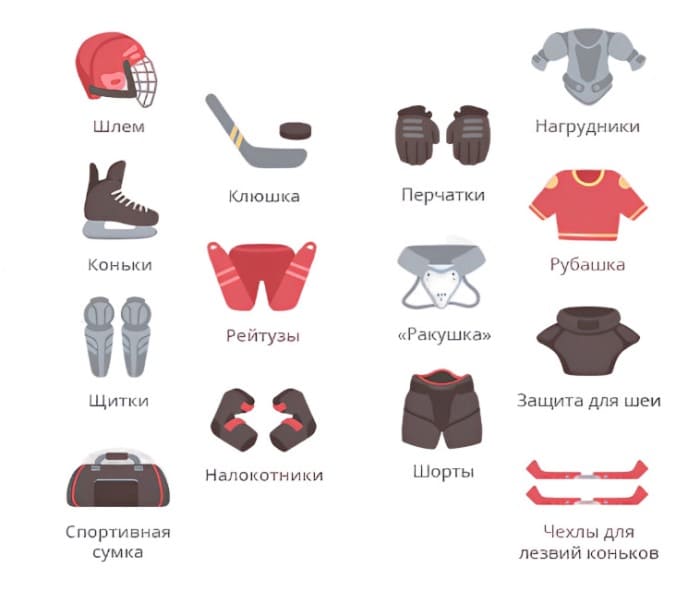
The players’ equipment consists of:
- Elbow pads. Made of soft materials with a thickness of at least 1.27 cm.
- Helmet. Players 18 years of age or older may wear a helmet with a visor that covers the eyes and face. They must not be tinted. Under the age of 18, the helmet must contain a lattice. Under the age of 20, the use of a mouth guard is mandatory.
- Gloves (fleece). Must be made of soft materials and always intact.
- Neck protection. It is desirable that all players wear it. Must be worn at under 18 years of age.
- Shields. Must fit tightly to your foot. It is forbidden to change them.
- Skates. Skates must sit tight on the foot, have a neutral color of laces, and the blades should not be jagged and poorly fixed.
- Stick. Dimensions: height 1.63 meters, thickness 2.54 cm, width 3 cm. Hook dimensions: Length up to 32 cm, height from 5 – 7.62 cm. Playing with a stick without a top cap is prohibited. If a player is 2 meters or taller, individual sizes can be agreed upon.
- Shell. Protects the groin area.
- Bib or shell. Protects the player’s chest. May be worn with soft side inserts.
- Shorts. Made of heavy-duty materials with rigid inserts on all sides.
- T-shirt. Must be the same color and design for the entire team.
- Puck. Vulcanized rubber size: Diameter 7.62 cm, thickness 2.54 cm. Weight 156-170 grams.
The goalkeeper’s equipment is characterized by reinforced protection, as well as the presence of a trap and a blocker (wide goalkeeper’s glove). The team captain may ask the referee to measure the opponent’s stick for size before a shootout.
Game duration
In a hockey game there are three periods of 20 minutes, two breaks of 15 minutes, extra time (overtime) of 5, 10 or 20 minutes and a shootout. A shootout consists of 3 or 5 initial shots and continues until the winner is determined.
Match regulations
- The team that scores the most pucks wins.
- Strongarms are part of the game and are necessary to take the puck away.
- All offenses by hockey players/team members must be penalized.
- Each period begins with a goal change.
- Time is counted at the moment of the throw-in and is suspended on the referee’s whistle.
- Each stoppage of play is resumed by a throw-in.
- Stopping play by an attacking player in the opponents’ area moves the throw-in into the neutral zone.
- During the throw-in, the player must not influence the opponent.
- If the puck goes off the rink or hits the defensive net, play is stopped. The stoppage takes place in the same way:
- If the referee or a player is injured.
- The puck is pressed against the board.
- Rules are violated.
- Safety glass is damaged.
- Offside position (if a player crosses the opponent’s zone earlier/faster than the puck, or directs it into his own zone, where the opponents are).
- The gate is slid.
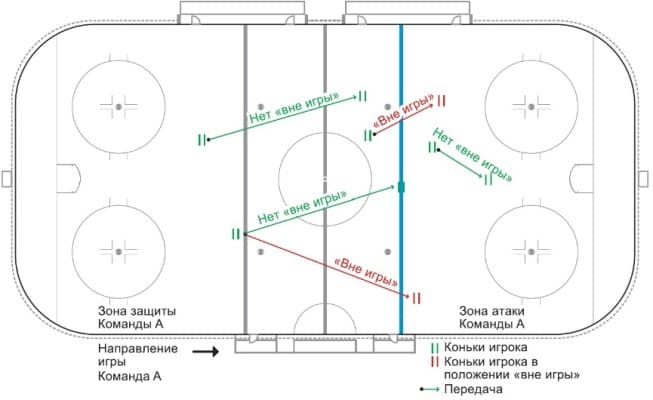
- A goal is scored when the puck is completely in the goal. The take-off will not count if a player has not played the puck with his stick.
- All difficult moments may be viewed by the referee on video replay.
- The team is entitled to a timeout of 30 seconds.
- The assignment of overtime or a shootout is regulated by the tournament rules.
Penalties
A player and a member of the team staff may be penalized. The referee must record the offence in person or use video-recording. Play does not stop until the offending team has taken possession of the puck. All penalties-disqualifications are shown on the scoreboard. When playing in the penalty box, a goal to the penalty box cancels the disqualification. If the penalized team scores a goal, however, the disqualification continues.
Types of penalties:
- Minor (The team plays 2 minutes in the penalty box).
- Major (Team plays 5 minutes, and if this is the third period, another disciplinary penalty is added and the player is suspended for the rest of the game).
- Major + Minor (The team plays 5 minutes on the penalty kill with an extension of 2 minutes, + automatically a Disciplinary Penalty until the end of the match).
- Disciplinary (10 minute penalty, team plays full squad).
- Minor + Disciplinary (Team plays 2 minutes, 10 minutes player sits on penalty bench, and team at full strength).
- Disciplinary to end of match (20 minutes penalty time on the bench, team at full strength).
- Match penalty (25 minutes penalty time, full team).
Violations of the rules
Let’s list the main violations of the rules:
- Insulting the referee;
- Unsportsmanlike conduct of any team member (spitting, insulting, etc.);
- Biting an opponent;
- Pushing on the board or tripping, which allowed the opponent to hit the board;
- Playing with a broken stick. The stick must not be picked up off the ice or taken from the opponent, but may be picked up on the bench.
- Any hitting or pushing with the stick;
- Attack of the opponent in a jump;
- Back or head/neck attack;
- Knee strike;
- Puck jammed in hand(s);
- Use of unsafe equipment;
- Any delay of play (intentionally shifting the goal, correcting equipment, celebrating a goal for a long time, etc.);
- Simulation;
- Hitting an opponent with an elbow, foot or head;
- Tripping;
- Fighting with a spectator or opponent;
- Playing with stick held high;
- Any delay by an opponent;
- Blocking a player not in possession of the puck;
- Violation of the numerical strength;
- Throwing any objects on the court;
- Entering the field without permission of the referee.
Appointment of a penalty shot
A penalty shot or penalty shootout is awarded for a rude action against an opponent when he went one-on-one with the goalkeeper. A penalty shot will also be awarded if the team, substitutes or officials interfere with the opponent’s play by throwing objects at the opponent when a decisive moment in the match occurs (one-on-one, dangerous moment).
Additionally, a shootout may be awarded in the last 2 minutes of the game. If during this time the team violates the rules: Violation of numerical strength; Intentionally displaced goal; Unjustified change of lineup; Team captain asks to measure the opponent’s stick.
To reinforce the point, watch the video below.
Hockey rules (video)
FAQs
What is the IIHF?
IIHF is the international ice hockey federation that governs, stimulates and develops ice hockey around the world. The organization includes 83 national organizations and is headquartered in Zurich, Switzerland. The IIHF ranking is used to seed teams for the World Championships and the Olympics.
Why is it okay to fight in hockey?
In fact, violence and fighting are forbidden in hockey and are punishable by suspension or even disqualification. In European hockey, fights are treated pretty harshly and are tried to stop them at the very beginning. The National Hockey League (NHL) treats fights as an integral part of the game. According to North Americans, fights add to the spectacle of the game and tend to stop when one of the hockey players is on the ice.
Why can't you attack the goalie in hockey?
This is an unofficial rule because the goalie in hockey is the most important player, protecting the goal and reflecting shots. An injury to the goalie in a game can greatly affect the team's emotional state and lead to a loss. Moreover, because of their mass of equipment, they cannot defend themselves effectively against player aggression, which essentially makes them defenseless against players (heavy and clumsy). And the goalies themselves are reluctant to skirmish, because they understand that intemperance can hurt the team.

